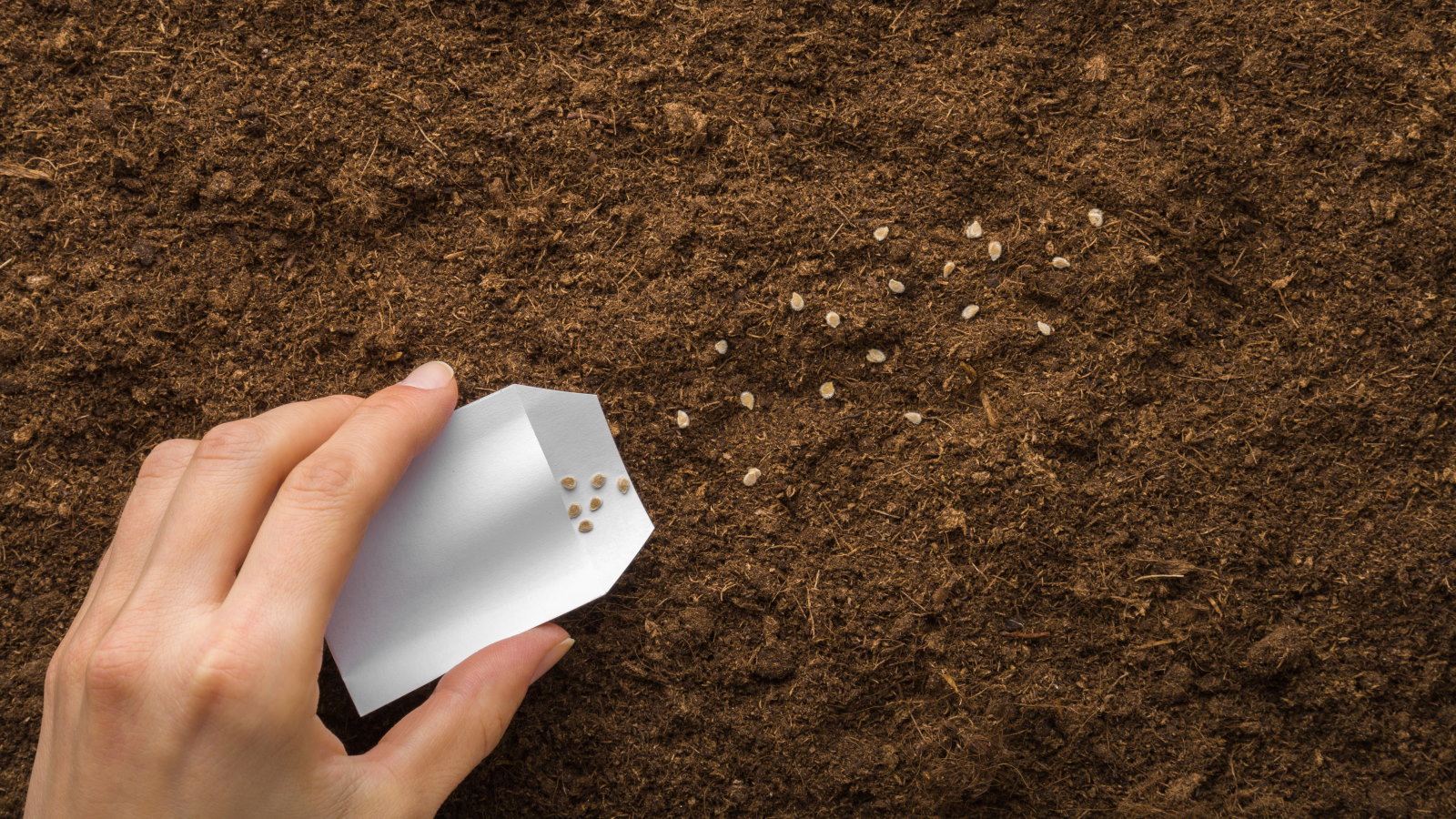
Slugs and snails are the number one pests in any garden and tricky to control. They feed on plants' leaves, stems, flowers, and fruits. Damage to plants is usually viewed as irregular holes and scars on the surface of fruits, vegetables, and leaves.
They are well suited to the damp, mild climate of the UK, and they do have their uses, but it is easy for gardens to become overrun with the slippery fellows. UK gardening expert David Hurrion has a wealth of tips for solving gardening problems from 40 years of practical experience in horticulture. The Gardener's World associate editor said: "Slugs and snails can wreak havoc on garden plants.

" He suggests the 'four P's of organic control' so that you don't have to use nasty pesticides in your garden. His four P's are preventing attack, physical barriers, natural predators, and picking slugs and snails off your plants. The Royal Horticultural Society judge said: "If I were to ask you what the number one pest problem was in your garden, you'd probably name these little ones: molluscs.
"These are the ones that do the most damage. These are the slugs, but could I just put a good word in for the really big slug? These great big, huge slugs are the ones that break down woody matter, and they won't eat your little baby plants. But the big jumbo slugs when they're babies.
Those are the ones that will do the most damage. "What are the sorts of things that we can do to protect your plants? If you sprinkle these inorganic slug pellets around, often you will attract more slugs and snails to your vulnerable plants than you'll actually repel. The slugs and snails will eat them and in most cases die.
But then a lot of them will survive. "So, if you want to garden organically, there are four P's that I like to consider and the first one is prevention. "Choose plants that are tough and resilient and aren't going to get munched to death; and feeding plants with something like this Vitax Q4 will toughen up the leaves of your plants.
You can also use plant invigorator. Sprayed on to the plants, it toughens the foliage and it also makes them much more able to cope with shrugging off all sorts of pests. "The second P is physical barriers, things like this crushed seashell.
It's a really good sharp material that slugs and snails don't like crawling over. You could also use coarse grit or coarse sand as well. Copper induces an electrical current to flow through it.
And the last method is to use one of these gels. This jelly-like substance, you squirt it around your plants, the slugs and snails won't go through it. "The third P is predators.
If you feed the birds in your garden, they'll visit your garden regularly and they'll be on the lookout for live food as well. Hedgehogs eat slugs and snails and also frogs and toads. "And then the fourth P: pick off the slugs and snails that you find.
Now, that's best done early in the morning and last thing at night." David recommends that , if you do still have problems with them and have to resort to slug pellets, then go for an organic type. Sprinkle a few pellets into a flower pot, place it at the back of the border and the slugs and snails will be attracted to there and that will kill them.
.















